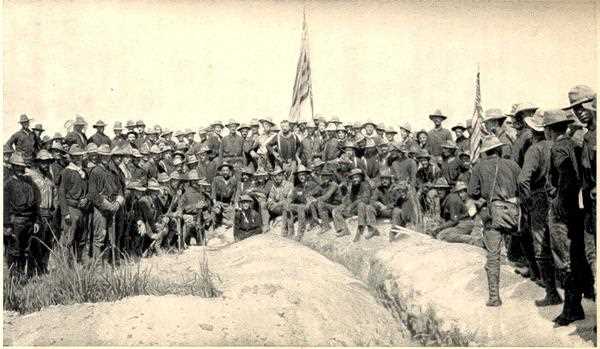The Spanish-American War was a conflict between Spain and the United States that lasted from April to August 1898. The outbreak of the war resulted in a series of changes in Cuba, both during and after the conflict.
During the war, Cuba was the site of some of the bloodiest fighting. American troops, under the command of General William Rufus Shafter, landed in Cuba in June 1898 and quickly captured the city of Santiago de Cuba. However, the Spanish forces were not defeated until July 1898, when they finally surrendered to American forces.
In the Treaty of Paris, which ended the war, Spain ceded ownership of Cuba to the United States. The United States then granted Cuba its independence. After the war, Cuba experienced a number of changes.
The first change was political. Cuba now had its own government. This government was led by Tomas Estrada Palma, who became the first president of Cuba.
The second change was economic. The United States invested heavily in Cuba's economy. American companies built factories and railroads in Cuba. This led to an economic boom in Cuba.
The third change was social. Cuban society became more diverse. People from all over the world came to Cuba to work and live. This made Cuban society more cosmopolitan.
The fourth change was cultural. Cuban culture began to mix with American culture. This can be seen in the music, art, and literature of Cuba.
After the war, Cuba became a protectorate of the United States, which essentially meant that the island was under the control of the American government. This arrangement lasted until 1902 when the United States and Cuba signed the Cuban Constitution, which granted Cuba its independence.

However, even after gaining its independence, Cuba remained closely tied to the United States. The two countries had close economic and political ties, and the United States continued to exercise a great deal of control over Cuba. This situation changed slightly after the Cuban Revolution of 1959 when Fidel Castro came to power. Castro proclaimed Cuba to be a socialist state, and the country began to move away from the United States.
Today, Cuba is still a socialist state, and its relationship with the United States is still fraught with tension. The United States maintains a trade embargo against Cuba, and the two countries do not have diplomatic relations. However, in recent years there have been some signs of thawing relations, and it is possible that the two countries will eventually normalize their relationship.